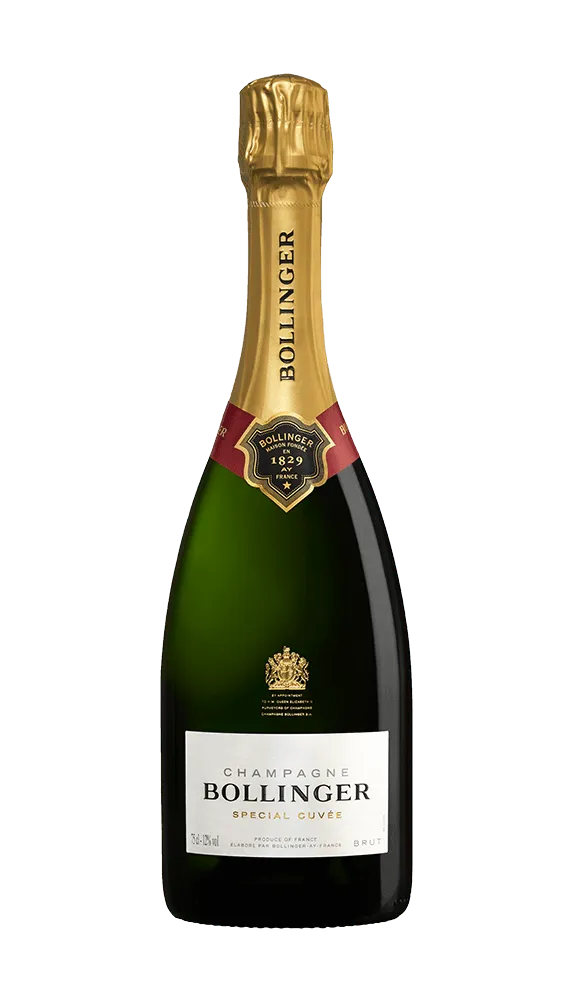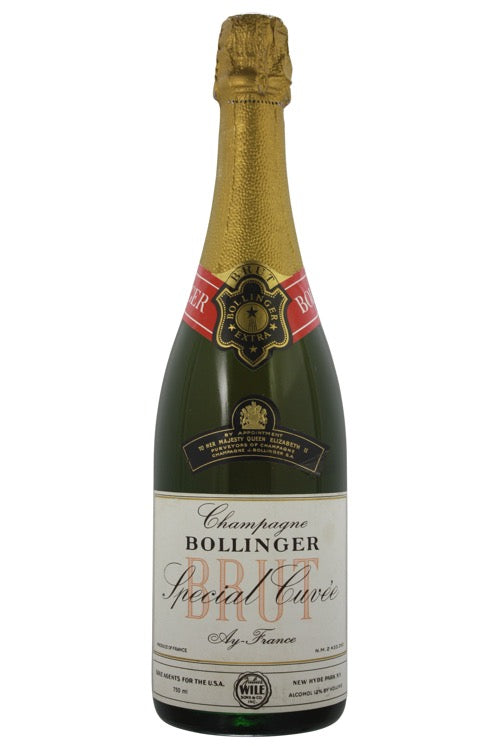Bollinger Special Cuvee Brut - NV (750ml)
Bollinger Special Cuvee Brut - NV (750ml)
The name of Bollinger’s emblematic champagne, with its English spelling, encapsulates its entire history. It was the British agent of Georges Bollinger who, in 1911, christened it “Special Cuvée”, as he found the expression “non-vintage brut” did not befit a champagne of such subtlety. Over a century later, the name of the champagne emblematic of Bollinger’s expertise still encapsulates its entire history.
The delicate assembly of the expression of a harvest and a majority of reserve wines, some of them held in magnums for between 7 and 15 years
Special Cuvée is composed of over 85% Grand and Premier crus of the three main Champagne varieties: 60% Pinot Noir, 25% Chardonnay and 15% Meunier. It is cellar aged for twice as long as required by appellation regulations. It is moderately dosed at between 7 and 8 grams per litre.
$25 Shipping on Orders +$299
Couldn't load pickup availability
Share :


- varietal
- Region
- Sub - Region
- Type
- Reviews



